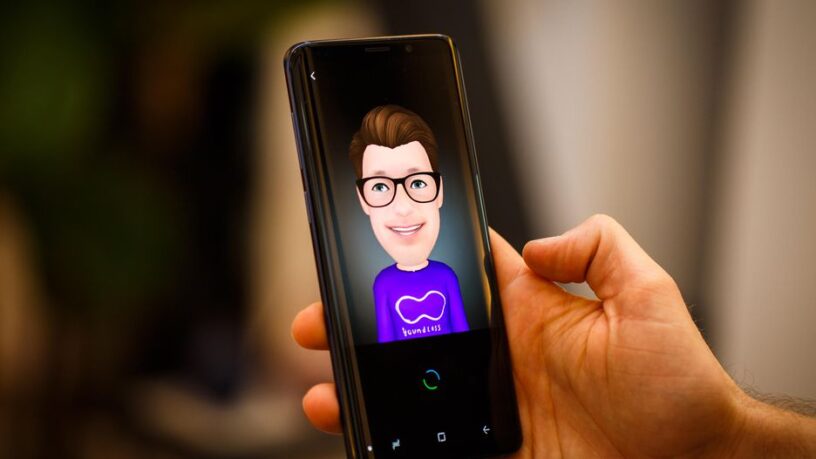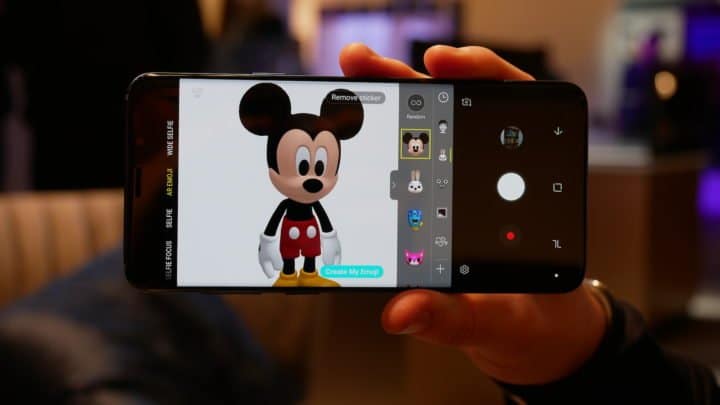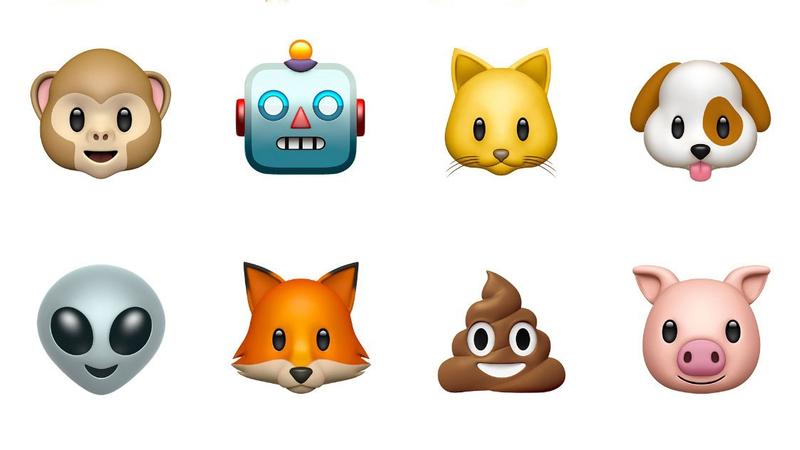Apple introduced Animoji as one of the major highlights of iPhone X. This helped Apple to increase the usability of Face ID technology. Four Months later Samsung came up with its own AR Emoji. Samsung’s counterpart looks more developed and power-packed. So here’s the major difference between these two animated emoji.
ALSO READ: Galaxy S9 And Galaxy S9 Plus With Dual Aperture Camera Announced!
AR Emoji Vs Animoji: What’s The Technology?
Animoji focuses more on hardware aspects of your iPhone X. The entire Animoji is powered by a multi-camera array used for the Face ID. This hardware projects artificial dots on your face to recognize physical movements on your face.
On the other hand, AR Emoji looks much mature. Samsung simply uses the Galaxy S9 and S9+ front-facing camera and then renders a 3D animated emoji. This requires a greater amount of software processing rather than high-end hardware.
ALSO READ: 5 Reasons Why The Galaxy S9, Galaxy S9 Plus Better Than iPhone X!
AR Emoji Vs Animoji: Who Has Done It Better?
Apple Animoji relies on a powerful hardware coupled with a poorly designed software. Animoji only allows you to render your face moments among 12 presets. This preset count may increase in future but its still less. Next up you can only use it directly on iMessage and then export it as a maximum of 10 seconds video.
On the other hand, AR emoji relies for the most part on its software. AR emoji makes a 3D Animated face that looks strikingly similar to you. You can even customize your facial expressions, clothes and overall look and feel of the AR emoji. Later these emojis can be shared as a GIF or video on almost every messaging app.
ALSO READ: 5 Best Android Apps To Transfer Files From Your Phone To Your PC!
Thankfully these nifty features are exclusively available on 1000 USD smartphones. But they look pretty cool. Do let us know what would you prefer in the comments below.
Image Credits: Android Central, Cnet
BONUS VIDEO
For the latest tech news, follow TechDipper on Twitter, Facebook, Google+, Instagram and subscribe to our YouTube channel.










Leave a Reply